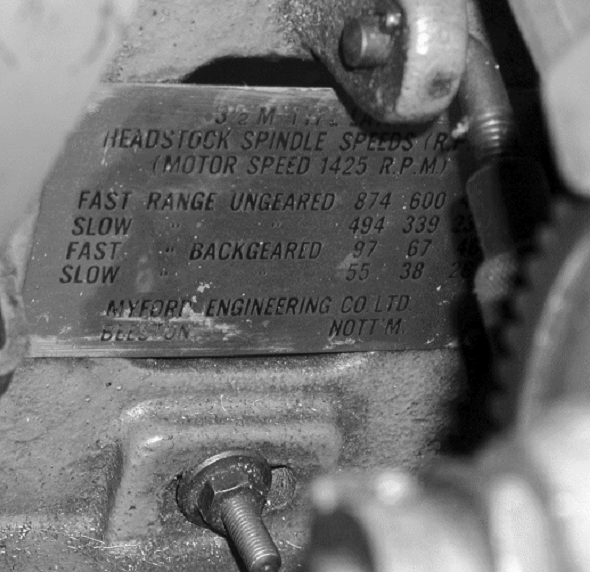Home made lathe stand – need help!
Home made lathe stand – need help!
- This topic has 13 replies, 10 voices, and was last updated 6 December 2012 at 10:25 by
Ian S C.
Viewing 14 posts - 1 through 14 (of 14 total)
Viewing 14 posts - 1 through 14 (of 14 total)
- Please log in to reply to this topic. Registering is free and easy using the links on the menu at the top of this page.
Latest Replies
Viewing 25 topics - 1 through 25 (of 25 total)
-
- Topic
- Voices
- Last Post
Viewing 25 topics - 1 through 25 (of 25 total)






